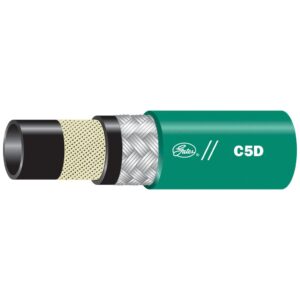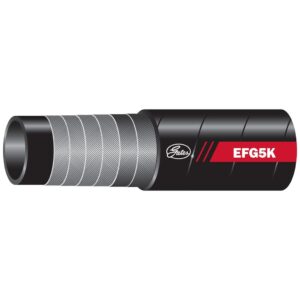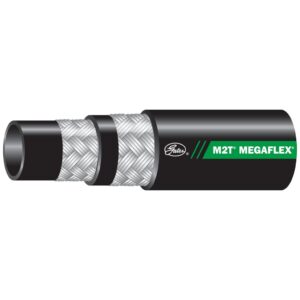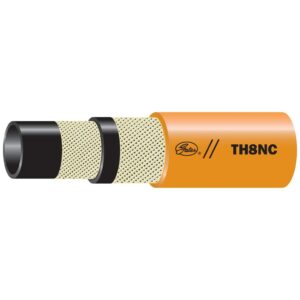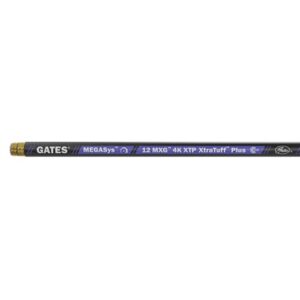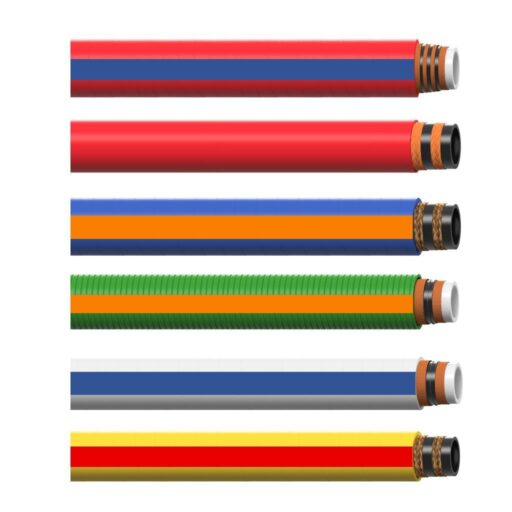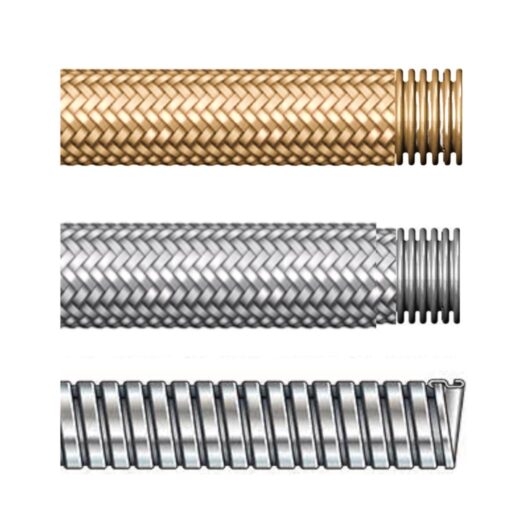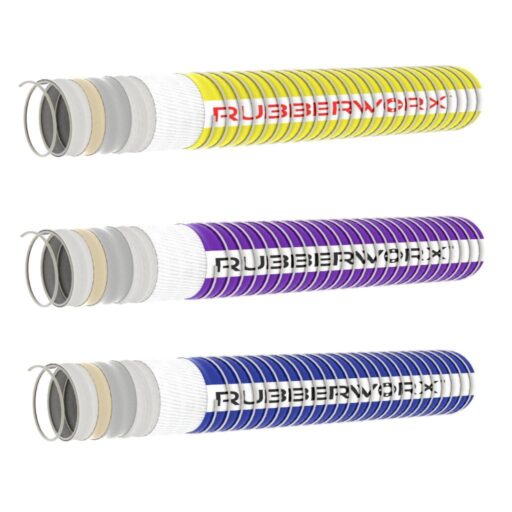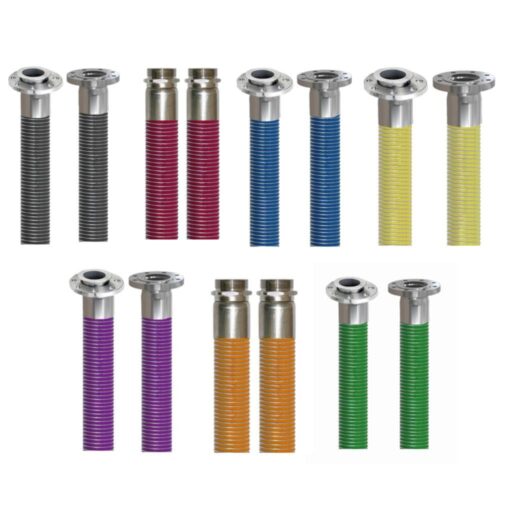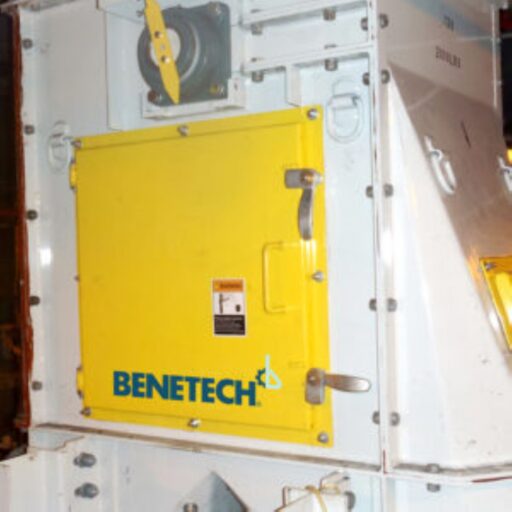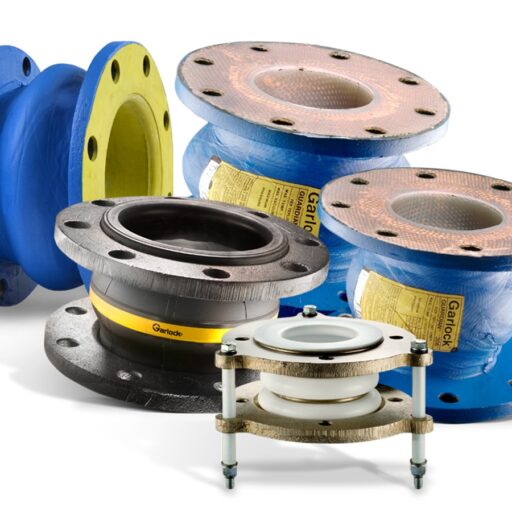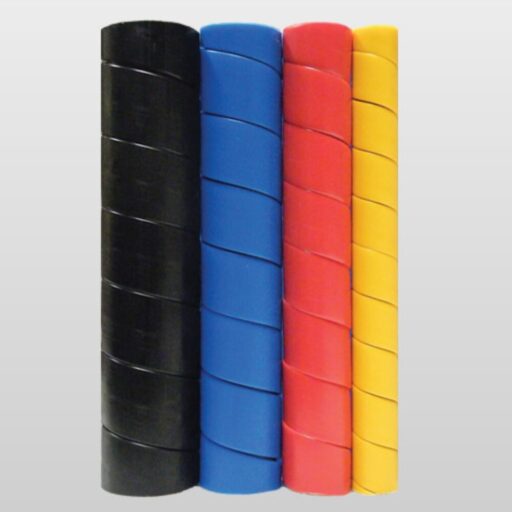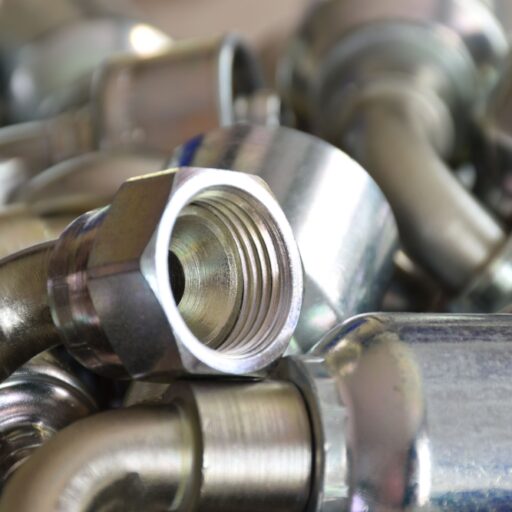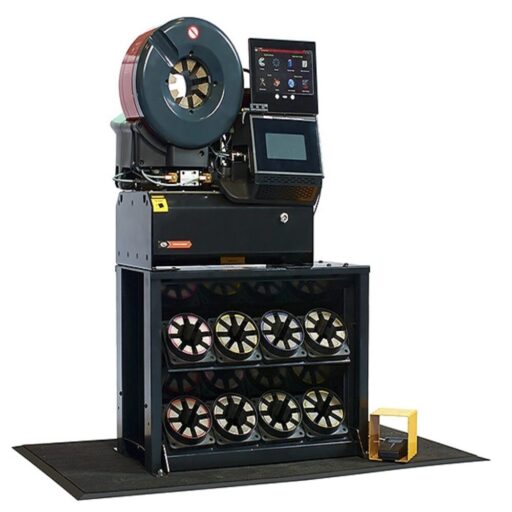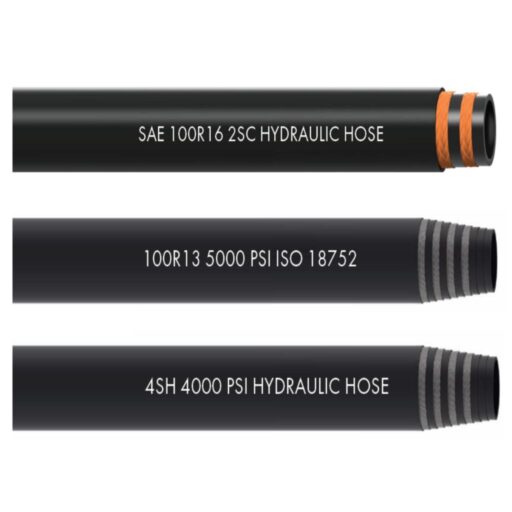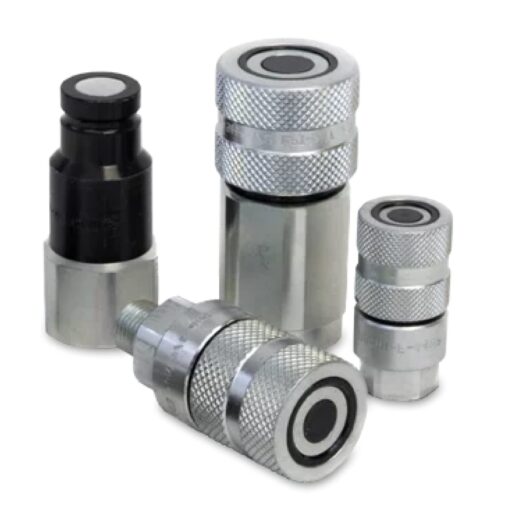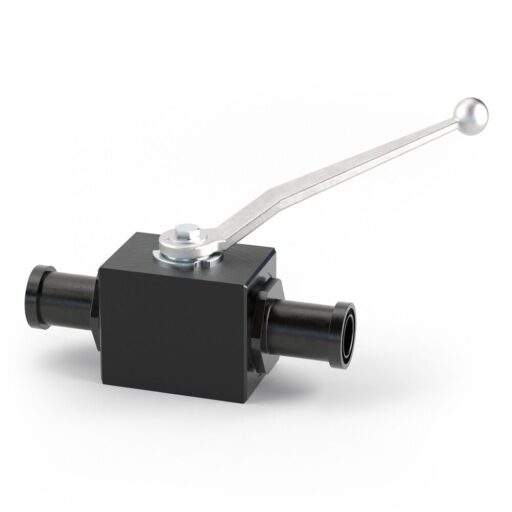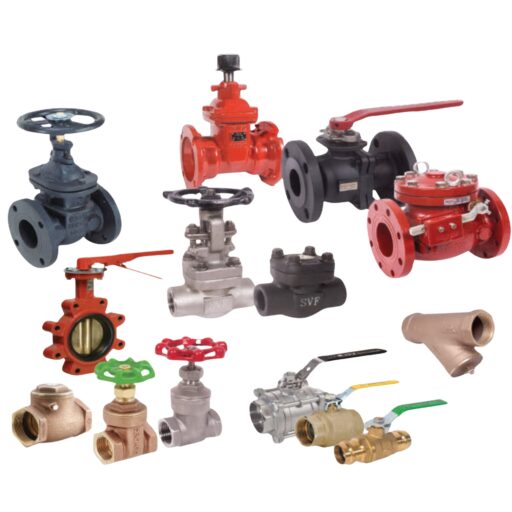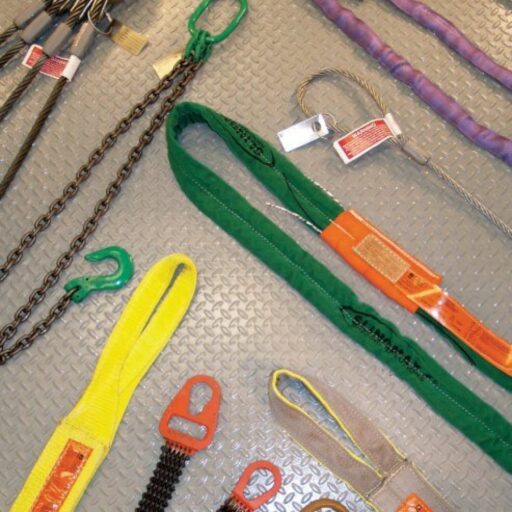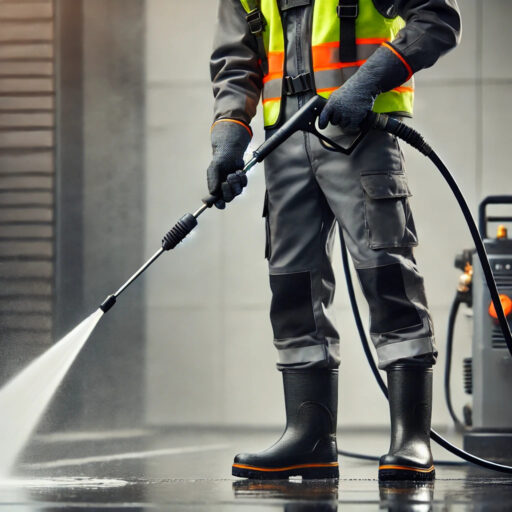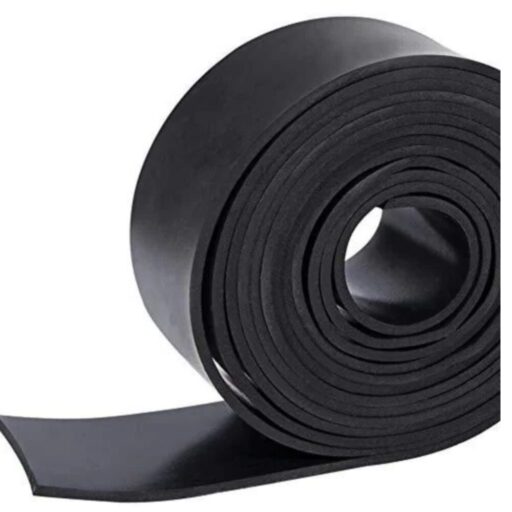Expansion joints are essential components in piping systems, designed to absorb movement, reduce stress, and enhance the longevity of infrastructure. Choosing the right expansion joint is crucial to preventing failures, minimizing maintenance, and optimizing operational efficiency. At Summers Rubber, we provide a wide range of high-performance expansion joints and expert guidance to help industries find the best solutions for their specific applications.
Key Considerations When Selecting an Expansion Joint
- Measure Movement in All Planes – Understanding how a piping system moves is critical to selecting the right expansion joint. Movement can occur in axial (lengthwise), lateral (side to side), or angular (rotational) directions. Choosing an expansion joint that accommodates the expected movements without excessive stress prevents premature wear and mechanical failures.
- Material Compatibility – The right expansion joint material ensures durability and performance in various environments. Common materials include:
- EPDM – Ideal for water and wastewater applications due to its excellent resistance to heat, weather, and oxidation.
- Neoprene – Well-suited for industrial environments where resistance to oils and chemicals is required.
- PTFE-lined rubber – Offers superior chemical resistance, making it the best choice for applications involving aggressive media such as acids, solvents, and caustic fluids.
- Pressure and Temperature Ratings – Expansion joints must be selected based on their ability to handle the specific pressure and temperature conditions of the system. A joint with insufficient pressure or temperature tolerance can lead to failures, leaks, and costly downtime. Always verify that the expansion joint is rated for the full range of operating conditions.
- Installation Environment – External factors such as UV exposure, chemical contact, and mechanical stress must be considered. Certain materials perform better under prolonged exposure to the elements, while others are reinforced for high-vibration environments.
- Use of Limiting Rods and Hardware – In high-pressure applications or systems with excessive movement, additional hardware such as limiting rods, control units, and tie rods may be required. These accessories help prevent overextension, maintain structural integrity, and enhance the overall lifespan of the expansion joint.
When to Use Limiting Rods and Other Installation Hardware
- High-Pressure Systems – Limiting rods help control expansion joint movement in high-pressure applications where excessive force could compromise the system’s stability.
- Vibrating Equipment – Control units provide added stabilization in systems where pumps, compressors, or other machinery generate high levels of vibration, preventing premature joint wear.
- Large Thermal Expansion – Piping systems that experience substantial temperature variations require tie rods to restrict unwanted axial movement, preventing expansion joints from stretching beyond their capacity.
- Piping Misalignment – Expansion joints with supporting hardware can help compensate for minor misalignment in pipelines while maintaining joint flexibility and integrity.
Common Questions About Selecting Expansion Joints
1. How do I determine the correct expansion joint size?
Proper sizing involves measuring the pipe diameter, expected movement range, and system pressure. An incorrectly sized expansion joint can lead to inefficient operation, increased wear, and potential system failures.
2. What are the most common materials used in expansion joints?
The most commonly used materials include EPDM for general water applications, Neoprene for industrial settings, and PTFE-lined rubber for aggressive chemical environments.
3. Can an expansion joint help with noise and vibration reduction?
Yes, many expansion joints are specifically designed to absorb vibrations and reduce operational noise, improving overall system performance and extending equipment life.
4. How often should expansion joints be inspected and replaced?
Routine inspections should occur every 6 to 12 months, depending on system conditions. If signs of cracking, leakage, or reduced flexibility appear, immediate replacement is recommended to prevent operational disruptions.
Trust Summers Rubber for Your Expansion Joint Needs
Selecting the right expansion joint is critical for maintaining efficiency, safety, and long-term system performance. Whether you need a standard joint or a customized solution, Summers Rubber’s experts are here to help you make the best choice for your specific application.
Need Assistance with Your Expansion Joint Selection?
Contact Summers Rubber today for expert guidance and premium expansion joint solutions tailored to your industry’s needs!
